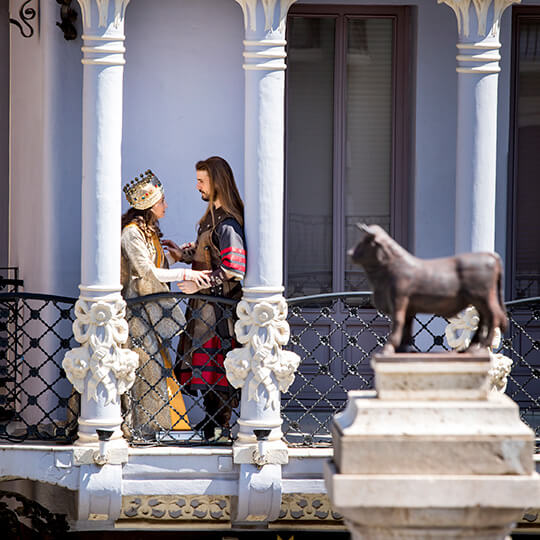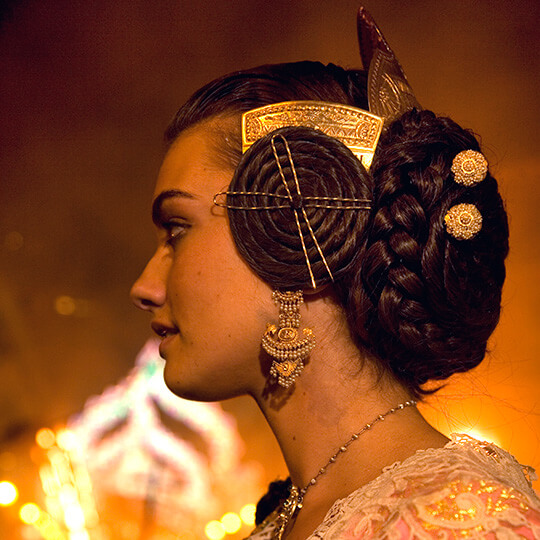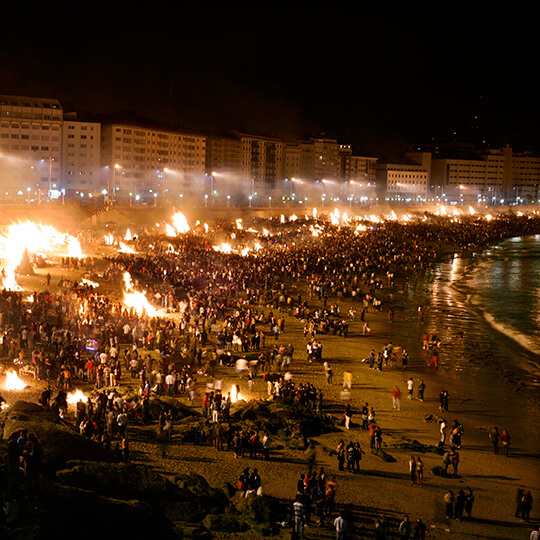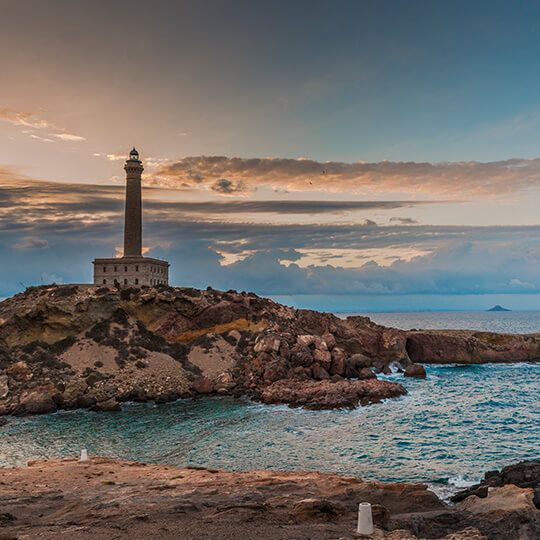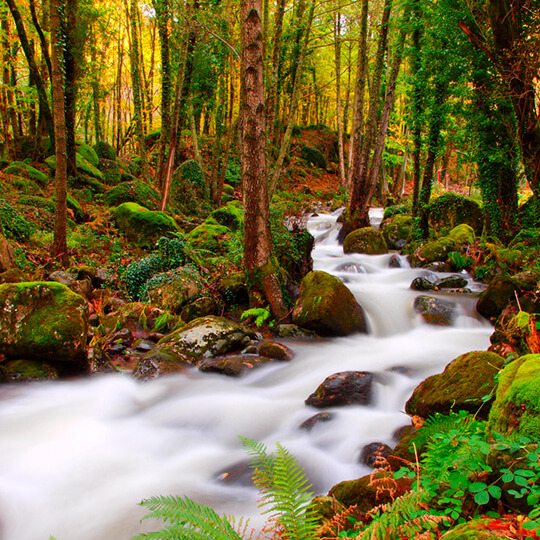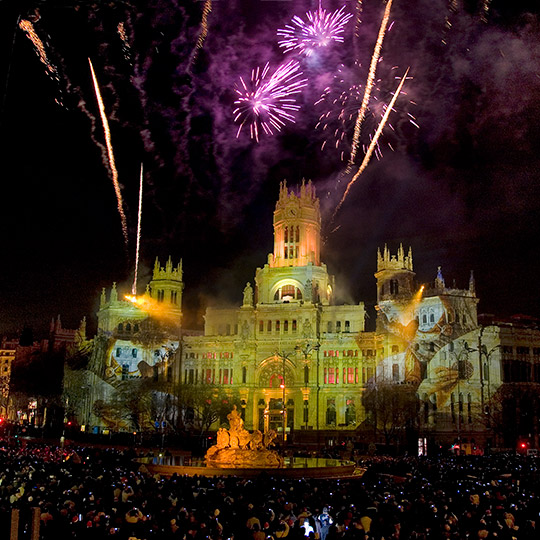January
Although it's still winter in Spain, there is a place where you can forget about cold weather: the Canary Islands. With yearly average temperatures of 24°C, you can swim and sunbathe on the beaches of these volcanic islands and leave your overcoat at home. It’s also a great time for hiking in the lush natural settings of its four National Parks - maybe you’d like to see the highest peak in Spain, the Teide volcano, or explore the magical laurel forests.If you prefer mainland Spain, it’s always a delight to snuggle up to the fire in a country guesthouse in one of our mountain villages. Have a look at Spain's most beautiful villages and choose your favourite.



